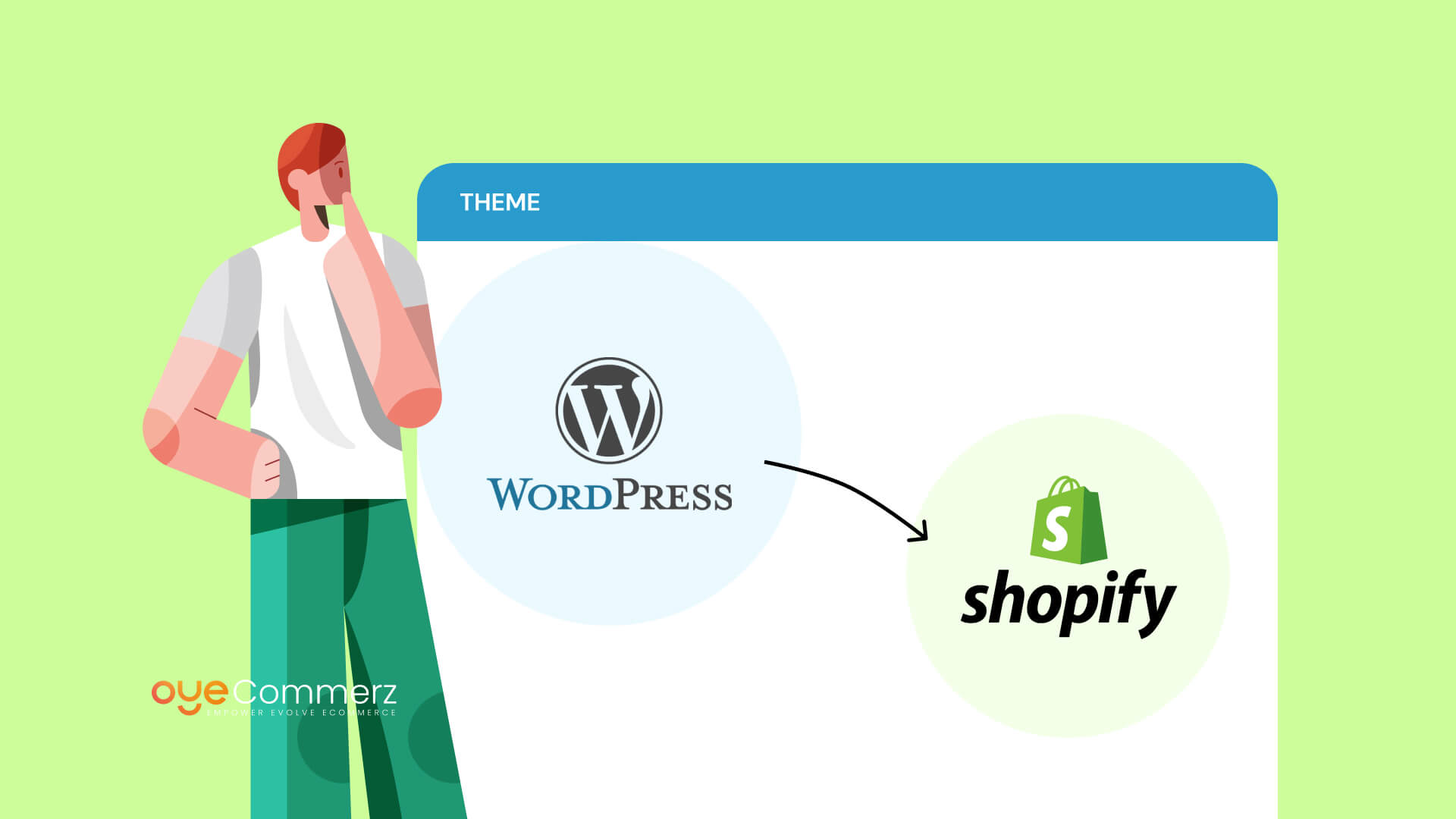An e-commerce platform's success is defined by its scalability, adaptability, and ability to offer seamless experiences to customers.
If you’re planning to migrate from WordPress to Shopify, you’re likely aiming for superior performance, greater functionality, and a more future-proof platform.
Discover the critical steps, expert tips, and proven strategies for migrating to Shopify with minimal disruptions and maximum impact.
Introduction: Why Migrate from WordPress to Shopify?
WordPress is a flexible platform, but its dependency on plugins can complicate e-commerce scalability.
Shopify is designed specifically for online retail, offering powerful tools, security, and scalability to fit businesses of any size.
As of 2024, Shopify powers over 4.5 million online stores worldwide, solidifying its position as a leader in e-commerce.
Switching to Shopify can unlock benefits in payment integrations, mobile optimization, and order management.
Here’s your ultimate step-by-step guide to ensure a smooth transition.
Step 1: Understand Your Current E-Commerce Challenges
Begin with a detailed assessment of your store’s strengths, weaknesses, and goals.
Identify bottlenecks such as sluggish performance or excessive reliance on third-party tools.
Shopify’s native functionalities, including Shopify Payments and pre-built themes, simplify operations and boost performance.
Step 2: Develop a Detailed Migration Strategy
Migrating without a structured approach can lead to errors, data loss, or unexpected downtime.
Prepare for a seamless move by addressing essential aspects like inventory details, customer databases, and sales records.
Shopify provides tools and third-party apps to simplify the migration process and safeguard important information.
Step 3: Tailor Your Shopify Experience
Shopify’s customization options let you design a store that aligns perfectly with your brand.
Select or customize themes from Shopify’s library to improve customer interactions.
Explore themes like “Impulse” and “Prestige” for responsive, feature-rich options.
For large-scale operations, Shopify Plus customization ensures a distinctive brand presence.
Oyecommerz provides expert Shopify Plus customization services to elevate enterprise branding.
Step 4: Migrate SEO Settings
A successful migration includes retaining your existing SEO structure to avoid losing search engine rankings.
Shopify tools enable redirection of old URLs to new ones, safeguarding existing traffic.
Customize meta tags and integrate Google Analytics to track performance post-migration.
Studies show that overlooking SEO during migration often leads to a drop in site traffic.
Step 5: Leverage Shopify’s App Ecosystem
The Shopify App Store provides a wide range of applications to improve your store’s capabilities.
Apps like Klaviyo for email marketing and Yotpo for customer reviews can transform your customer engagement strategy.
Oyecommerz offers Shopify API services to integrate advanced tools and streamline processes.
Work with Oyecommerz for custom Shopify app integrations that optimize business workflows.
Step 6: Ensure Mobile-Friendliness
With mobile commerce dominating 60% of sales in 2024, mobile readiness is critical.
Shopify themes are inherently mobile-responsive, providing a consistent shopping experience across all devices.
Simplify the checkout process for mobile users with Shopify’s secure payment tools like Shop Pay.
Focus Shopify for faster e-commerce performance on streamlined navigation and speed to maximize mobile sales potential.
Step 7: Train Your Team
While Shopify’s interface is user-friendly, training your team ensures a smoother transition.
Ensure your team knows how to handle inventory, process orders, and analyze reports.
Team training boosts confidence and efficiency in using Shopify’s advanced functionalities.
Step 8: Verify Store Readiness Pre-Launch
Test your store rigorously to ensure all systems function smoothly before launching.
Check for broken links, missing redirects, and accurate product details.
Test your payment systems and confirm the checkout process works seamlessly across platforms.
A well-tested store provides users with a flawless shopping experience from the start.
Step 9: Announce Your New Store Boldly
A successful migration is a great opportunity to engage and excite your audience.
Leverage email marketing and social platforms to highlight the advantages of your upgraded store.
Emphasize improved speed, security, and shopping experience to encourage repeat visits.
Conclusion: Empower Your Business with Shopify
Switching to Shopify is not just a migration; it’s a leap toward long-term success.
From scalability to intuitive tools, Shopify equips your store to thrive in competitive markets.
From small businesses to large enterprises, Shopify provides tailored solutions for all e-commerce needs.
Rely on Oyecommerz for expert guidance throughout your Shopify migration journey.
Let Oyecommerz assist you in leveraging Shopify to enhance Shopify theme updates customer satisfaction and drive sales.
Ready to elevate your e-commerce strategy with Shopify? Let’s discuss your journey to success.

Comments on “From WordPress to Shopify: Your Ultimate E-commerce Migration Strategy”